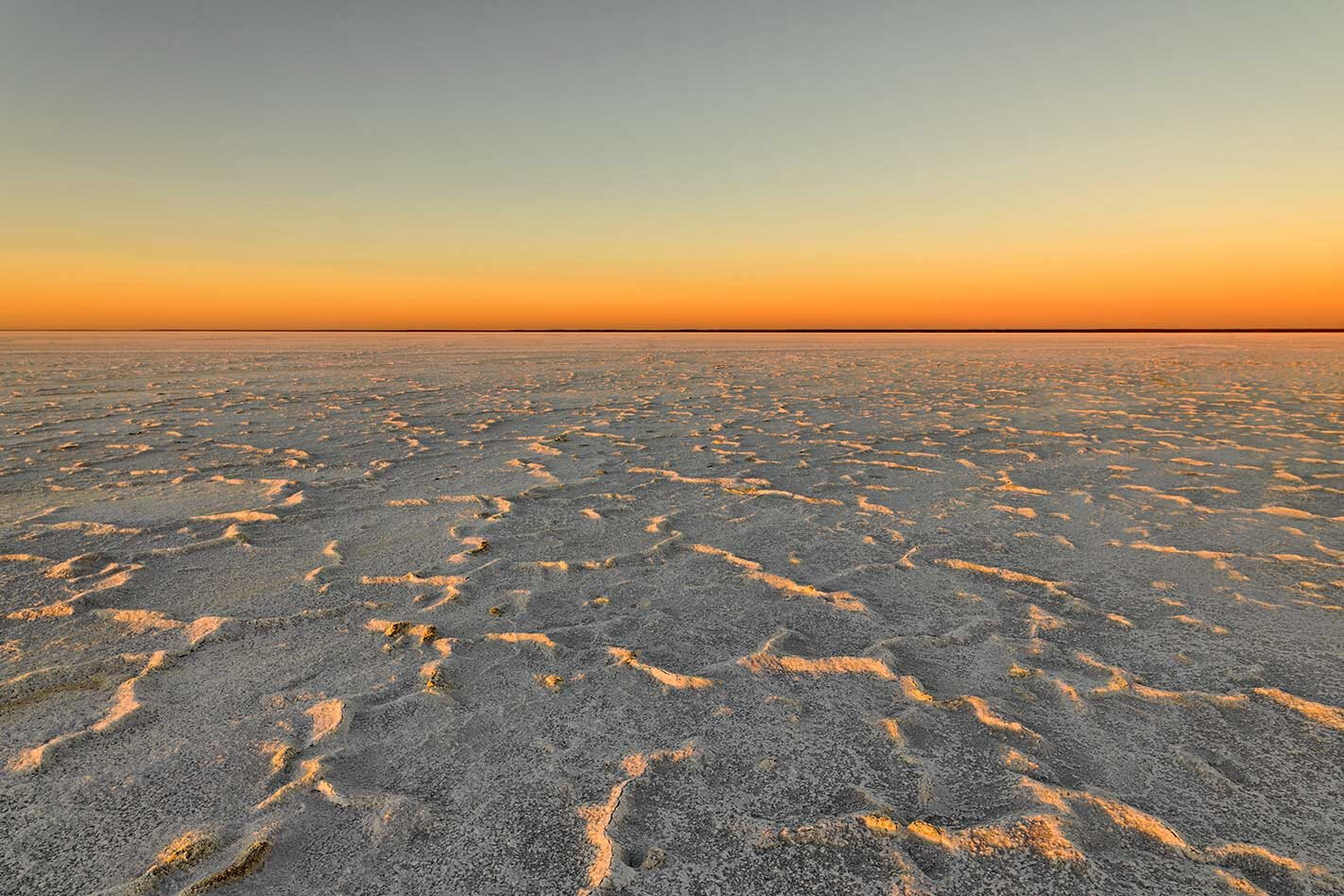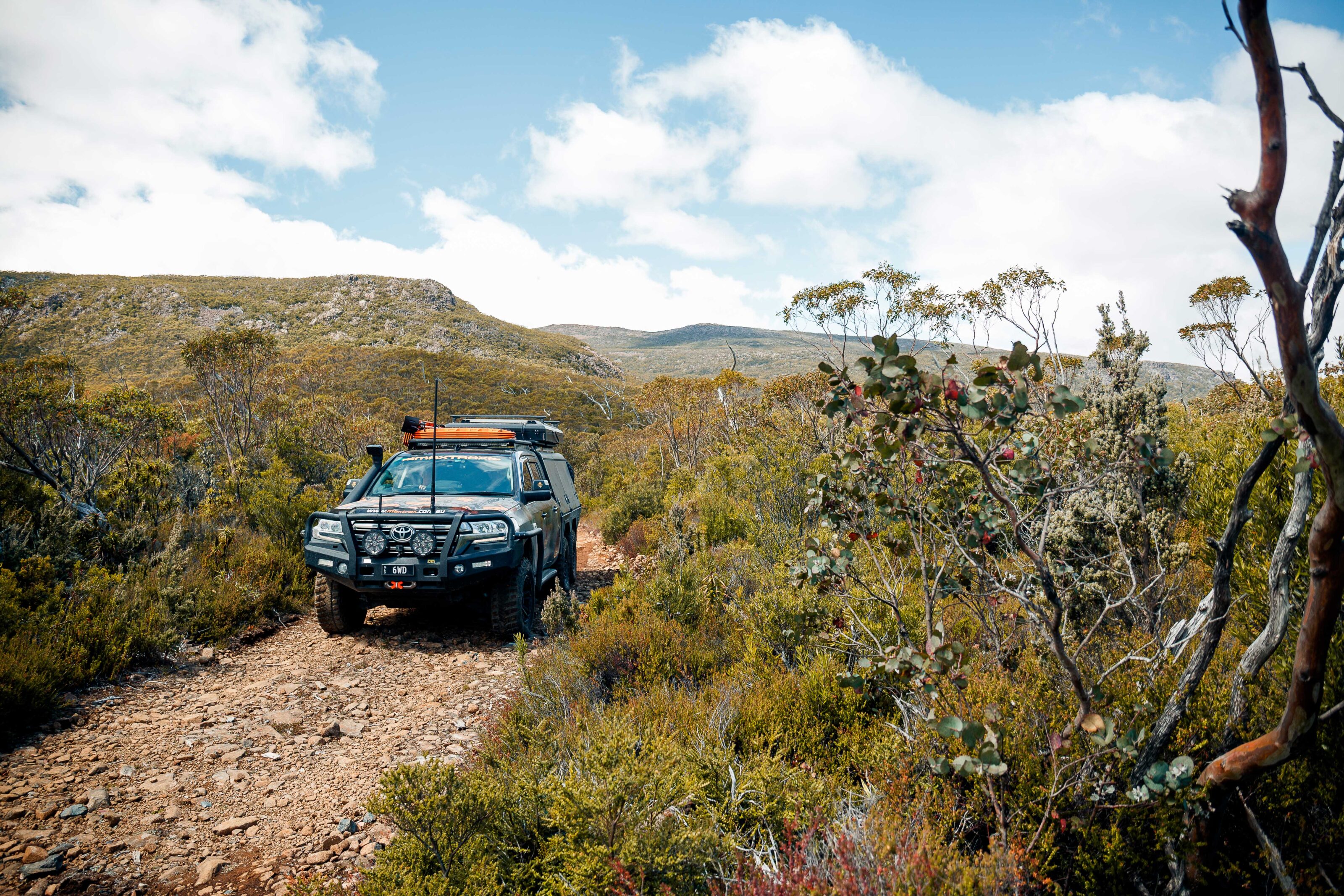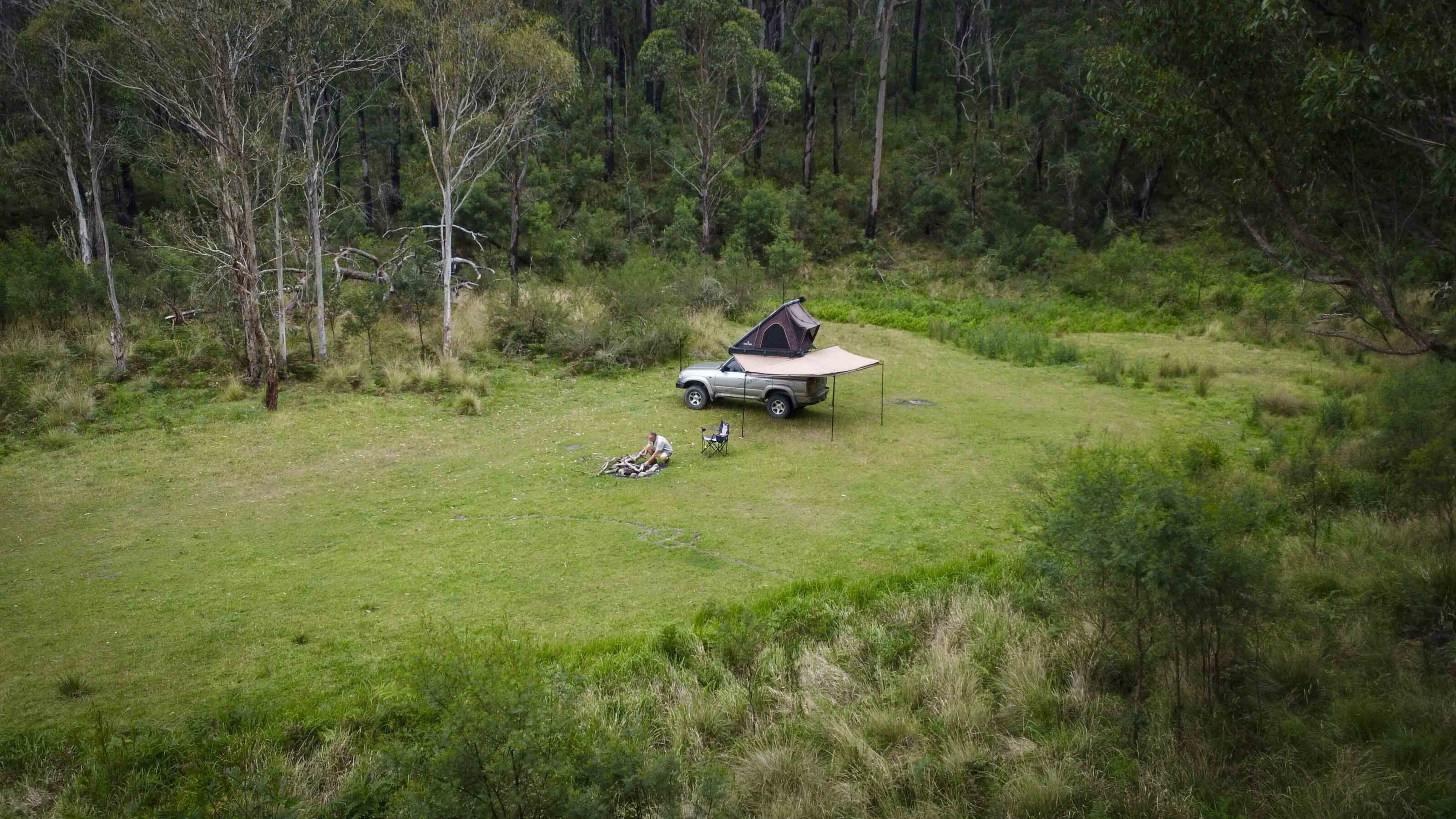Lake Eyre has the lowest natural point in Australia. But despite draining an immense area of Central Australia (1,200,000 km²), the lake fills with water only a few times each century.
When it does, it attracts waterbirds from across the continent and beyond. Pelicans come from as far away as New Guinea and it has been estimated that up to 80 per cent of Australia’s pelican population come here to feed and breed in these rare periods of plenty.
A 4×4-only track leads from near William Creek on the Oodnadatta Track to Lake Eyre North, the larger of the two sections of the lake. This 60km track runs through station property and in addition to cattle, drivers need to be on the lookout for the occasional wheel-wrenching bulldust hole.
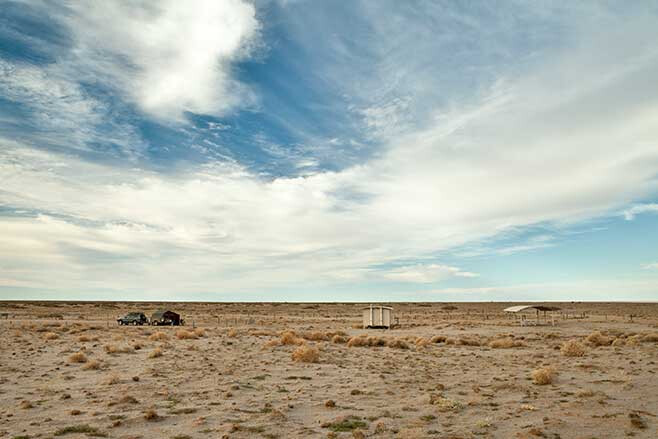
The track passes a monument to a tourist who perished while attempting to walk back to William Creek at the height of summer after she and her boyfriend’s hired 4×4 became bogged in sand at Halligan Bay. Sadly, the police found the vehicle had highway tyre pressures. After the cops dug a little and deflated the tyres, the vehicle was driven out.
Nearing the lake, the track descends from the flat plain and visitors have a choice of continuing several kilometres north to Halligan Bay or heading into nearby ABC Bay. As the latter isn’t particularly scenic and has no facilities, continuing north is the better option.
Near Halligan Bay, the track follows the lake’s shoreline closely. Prominent signs warn that driving on the lake surface is not only exceptionally risky, but also not permitted. Of course, a sign like that is guaranteed to tempt morons to attempt exactly what it says not to, as evidenced by deep holes and drag marks left by previously bogged vehicles.
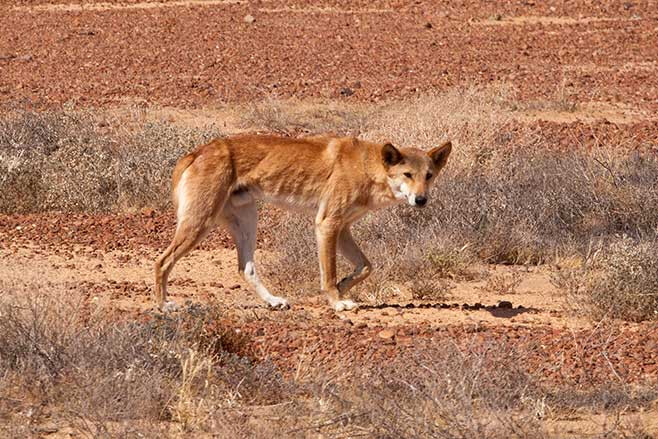
The campground at Halligan Bay consists of a small area of flat stony ground sitting in a landscape that is equally bare and barren, apart from the odd low spindly bush. However, a 50m walk to the top of the low rise beyond the camping area reveals a spellbinding view across a wide expanse of white salt as far as the eye can see.
When walking on the lake the dry salt crunches solidly under your boots, but stand in one place for too long and the apparently hard surface can be felt to slowly soften, testimony to the muddy morass beneath.
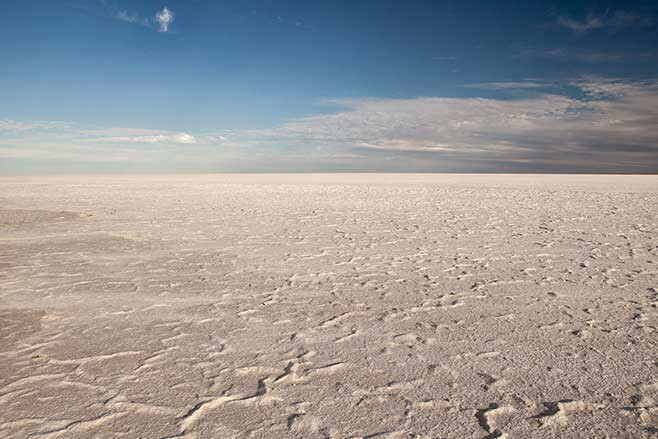
For a surreal experience it’s worth walking a few hundred metres out onto the lake and, surrounded by nothing but white salt, watch the sunrise or sunset over the unbroken 100km horizon.
Anyone travelling along the Oodnadatta Track should take the time, ideally making an overnight stop, to experience the truly alien but marvellous landscape that is Lake Eyre.
Get the latest info on all things 4X4 Australia by signing up to our newsletter.

